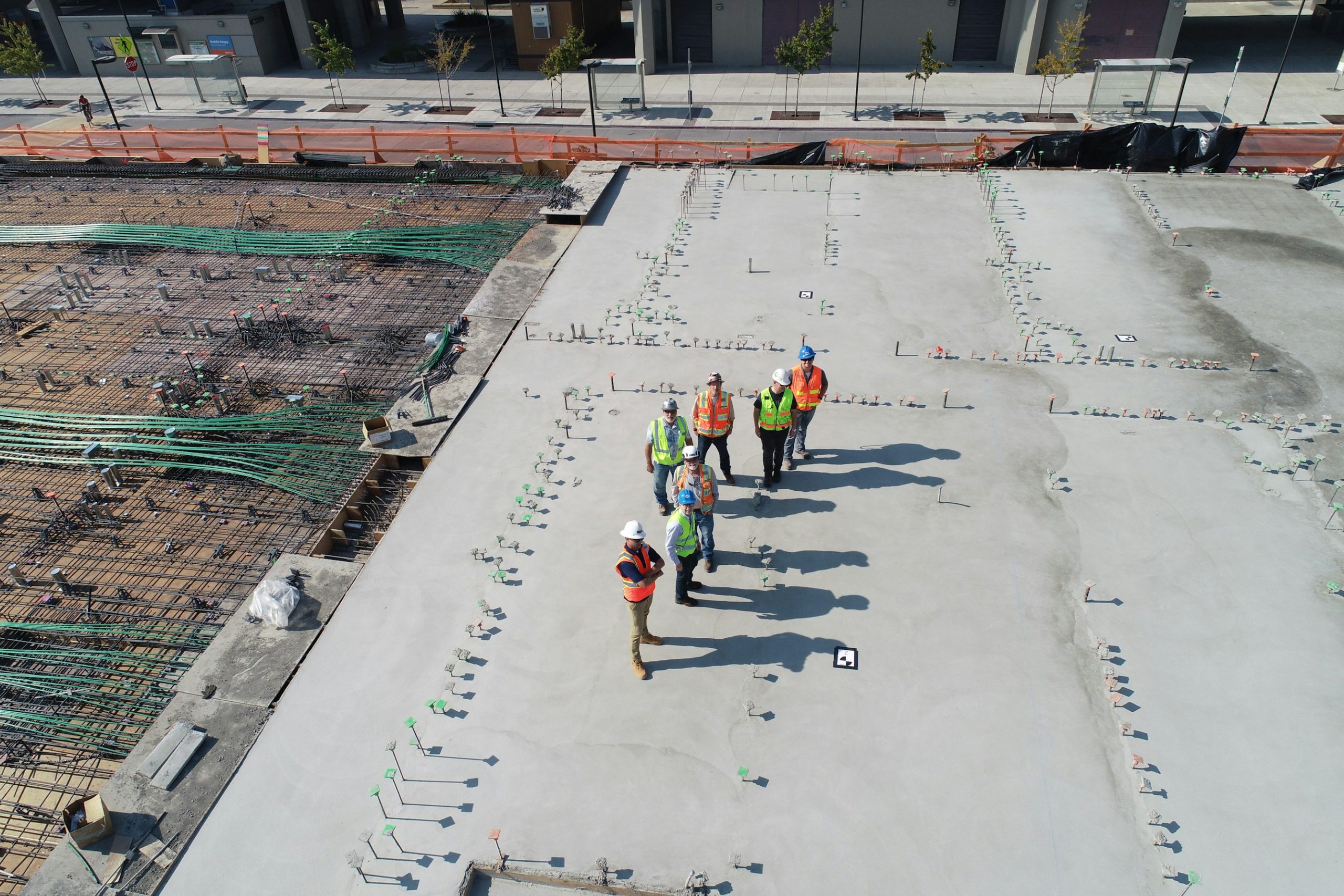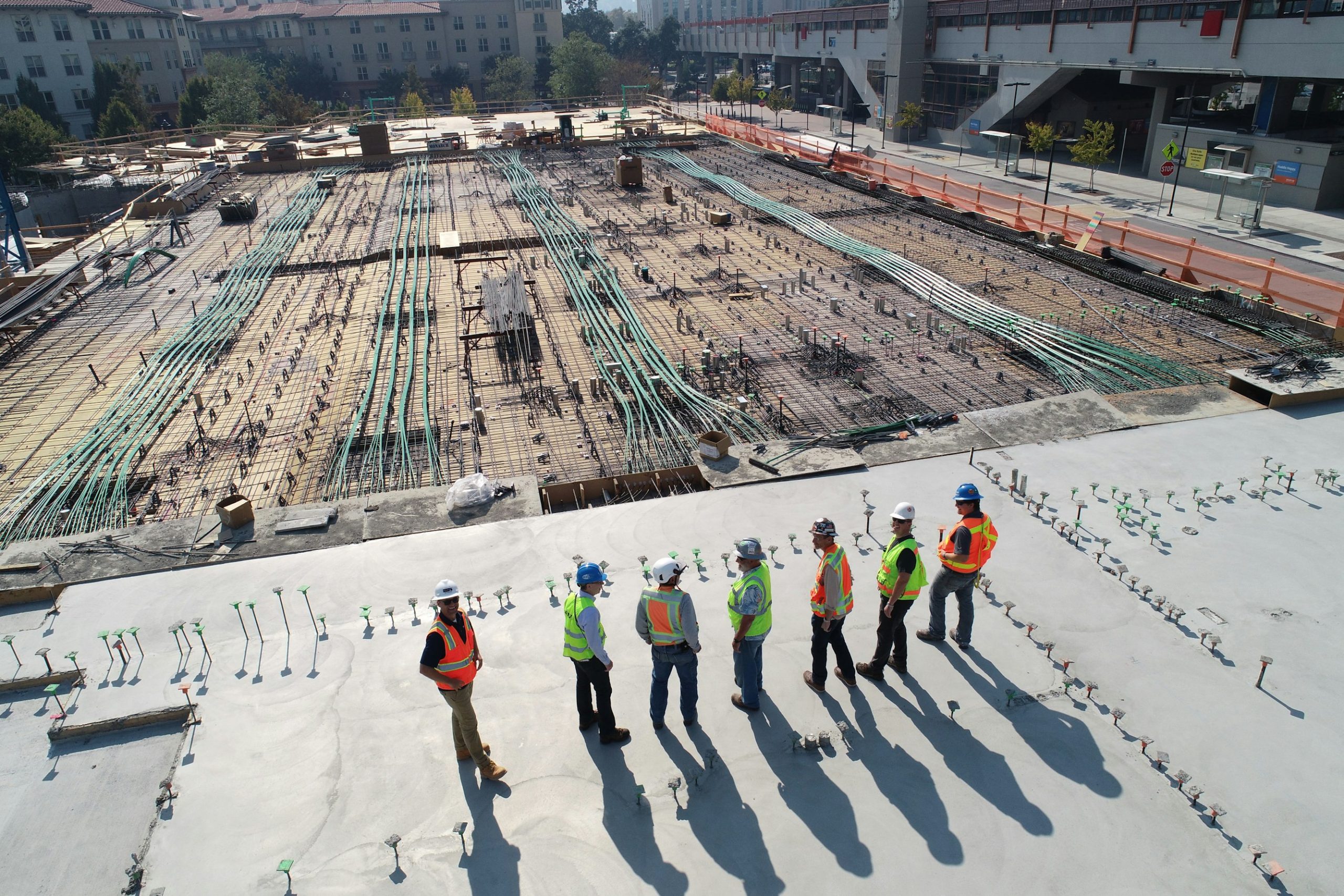The Role of AI in Enhancing Construction Team Safety Protocols
Introduction
The construction industry is one of the most hazardous sectors, with high rates of worker fatalities and injuries. The integration of Artificial Intelligence (AI) is transforming construction safety by introducing proactive, real-time, and predictive measures to enhance safety protocols. By leveraging AI tools for construction, businesses can significantly mitigate risks and create a safer work environment.
Real-Time Safety Monitoring
AI-powered construction safety systems can continuously monitor construction sites using various data sources such as:
- Smart Cameras and IoT Devices: These can identify unsafe behaviors, such as workers not wearing proper Personal Protective Equipment (PPE), entering danger zones, or operating equipment incorrectly. Systems like viAct and FYLD can alert supervisors immediately, allowing for quick intervention to prevent accidents.
Predictive Analytics for Safety
AI algorithms analyze historical data from previous construction projects to identify patterns and trends related to accidents and near-miss incidents. This predictive capability enables construction companies to:
- Anticipate Potential Hazards: By analyzing data from past incidents, weather conditions, and ongoing site activities, AI can predict potential safety threats and suggest measures to mitigate them.
- Optimize Safety Protocols: Predictive analytics help in planning better safety protocols, allocating resources more effectively, and taking preventative measures to reduce the risk of accidents.
Automated Safety Alerts and Compliance
AI systems automate the process of monitoring safety compliance, ensuring that all workers adhere to established safety protocols. Key features include:
- Real-Time Alerts: Automated systems send out alerts to supervisors and workers if any safety breach is detected, allowing for immediate intervention.
- PPE Compliance Verification: AI-powered systems can evaluate whether individuals follow PPE protocols in real-time by analyzing visual data captured by cameras and wearables.
Behavior Analysis and Safety Improvement
AI monitoring systems can analyze workers’ behavior to identify patterns that might lead to accidents. This allows construction companies to:
- Implement Targeted Safety Training: By recognizing risky behaviors, AI empowers companies to provide customized safety training, minimizing potential risks and promoting a safety culture.
Virtual/Augmented/Mixed Reality Training
AI-driven virtual/augmented/mixed reality (VR/AR/XR) technology is revolutionizing safety training by:
- Simulating Real-Life Scenarios: Workers can practice safety procedures, identify hazards, and respond to emergencies in a controlled environment without exposure to real risks.
Robotics and Autonomous Equipment
AI-powered robotics and autonomous equipment can improve safety by:
- Automating Hazardous Activities: These technologies reduce hazardous situations caused by negligence or fatigue and can collaborate safely with human workers.
- Integrating Safety Sensors: Autonomous equipment equipped with safety sensors can detect and address potential dangers, further enhancing site safety.
Proactive Risk Mitigation
AI goes beyond identifying risks; it also suggests mitigation measures to prevent accidents. This includes:
- Rerouting Foot Traffic: AI can recommend actions such as rerouting foot traffic away from hazardous areas and adjusting machinery operation schedules.
- Personalized Safety Alerts: AI provides personalized safety alerts to workers, ensuring they are aware of potential hazards and can take necessary precautions.
Benefits of AI in Construction Safety
The integration of AI brings numerous benefits, including:
- Reduced Accidents and Injuries: Real-time hazard identification and predictive analytics significantly reduce the incidence of injuries and fatalities.
- Cost Savings: Preventing accidents and reducing downtime result in substantial cost savings for construction companies.
- Improved Compliance: Automated systems ensure compliance with safety regulations, reducing the administrative burden and the risk of regulatory penalties.
How Zepth Can Help
Zepth, with its robust construction management solutions, can enhance safety protocols by:
- Integrating AI-Powered Safety Tools: Zepth can incorporate AI-driven safety monitoring systems into its platform, providing real-time insights and alerts to ensure a safer working environment.
- Streamlining Safety Management: Zepth’s platform can automate safety compliance monitoring, reduce human error, and ensure that all safety protocols are followed diligently.
- Enhancing Training and Compliance: By integrating AI-driven training programs, Zepth can help construction companies provide immersive and effective safety training, improving worker safety and compliance.
For more information on how Zepth can support your construction safety needs, visit Zepth’s Construction Safety Solutions.
Conclusion
The role of AI in enhancing construction team safety protocols is multifaceted and transformative. By providing real-time monitoring, predictive analytics, and proactive risk mitigation, AI is revolutionizing the way construction sites manage safety. As the industry continues to adopt these advanced technologies, it is poised to see significant improvements in site safety, worker well-being, and overall project outcomes.




